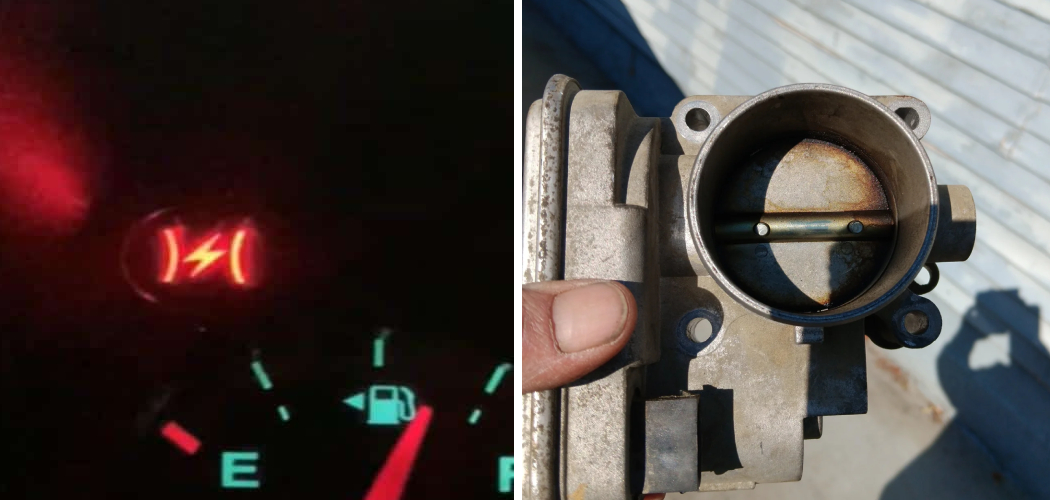Dashboard warning lights serve as critical indicators that signal the need for immediate attention to potential issues affecting a vehicle’s operation. Among these symbols is the red lightning bolt, a warning that is directly associated with the Electronic Throttle Control (ETC) system—a pivotal component governing the engine’s air intake and acceleration.
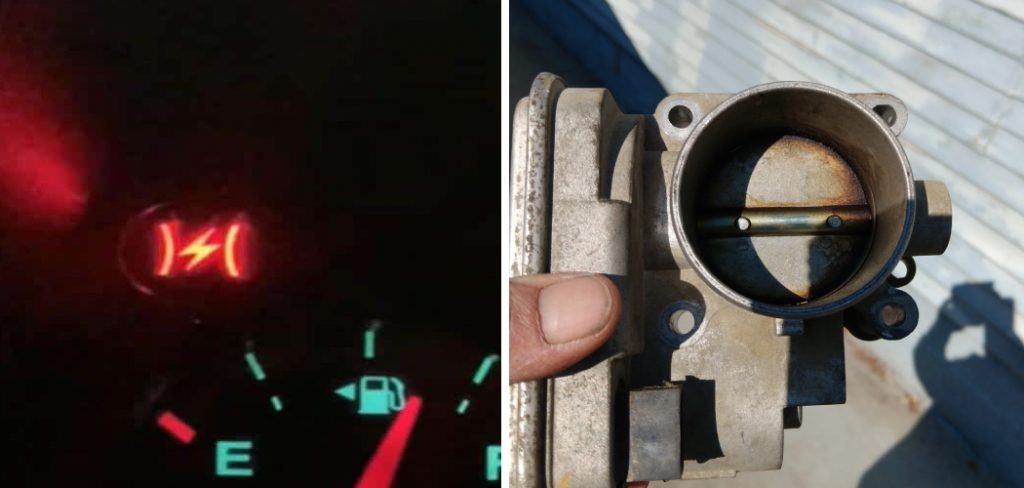
This symbol’s appearance is not to be underestimated, as it could signify a range of problems, from minor sensor glitches to failure of essential components, ultimately impacting vehicle performance and driver safety.
Understanding and addressing the red lightning bolt is paramount; thus, this article aims to guide readers through the necessary steps on how to reset red lightning bolt on dash, ensuring that they can confidently tackle this issue head-on.
With a focus on DIY-inclined car owners, the forthcoming sections will deliver practical advice and methods, arming them with the knowledge to reset this worrisome symbol and maintain their vehicle’s operational integrity.
The red lightning bolt on a vehicle’s dashboard is intimately linked to the function of the Electronic Throttle Control (ETC) system. This critical system manages the throttle’s position, which in turn determines the amount of air entering the engine for fuel combustion—a fundamental aspect of the engine’s operation and response.
When an inconsistency arises between the pedal and throttle positions, the ETC system illuminates the red lightning bolt as an alert of potential malfunction.
Identifying the Cause
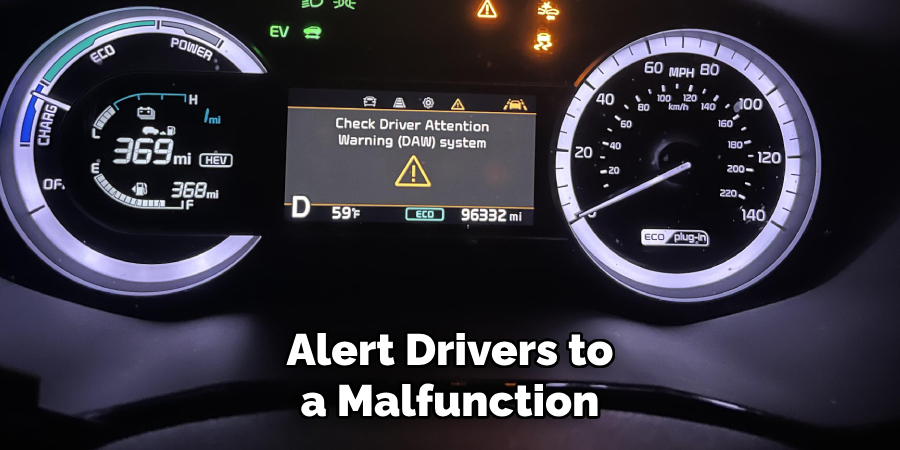
The red lightning bolt illuminates the dashboard as a means to alert drivers to a malfunction within the Electronic Throttle Control (ETC) system. This system replaces the traditional mechanical cable that once connected the accelerator pedal to the throttle with an electronic interface.
Here, sensors and algorithms work in tandem to control the throttle’s position, offering a more precise and responsive adjustment to the engine’s air intake and acceleration.
Common triggers for this warning light include several potential issues, each posing varying degrees of risk and complexity:
- Faulty Throttle Body Sensor: As one of the primary components, this sensor dictates the throttle’s position to the ETC system. A failure here can muddle communication, resulting in erratic engine behavior, such as irregular acceleration.
- Dirty Throttle Body: Over time, the throttle body can accumulate grime, which restricts its movement. This buildup can drastically skew sensor feedback, causing inconsistent engine idling or hesitation during acceleration.
- Accelerator Pedal Sensor Issues: This sensor translates pedal pressure into electronic signals. Flaws with the sensor can translate into incorrect signals being sent to the ETC, leading to imprecise air-to-fuel ratios.
- Electrical Connection Problems: Corrosion or damage to electrical connections can impair the circuitry, disrupting the signals that manage the ETC system.
- Software Glitches: Just like any sophisticated software, the ETC’s digital architecture can encounter bugs or require updates. These can interfere with the overall functionality unless resolved with a system reset or update.
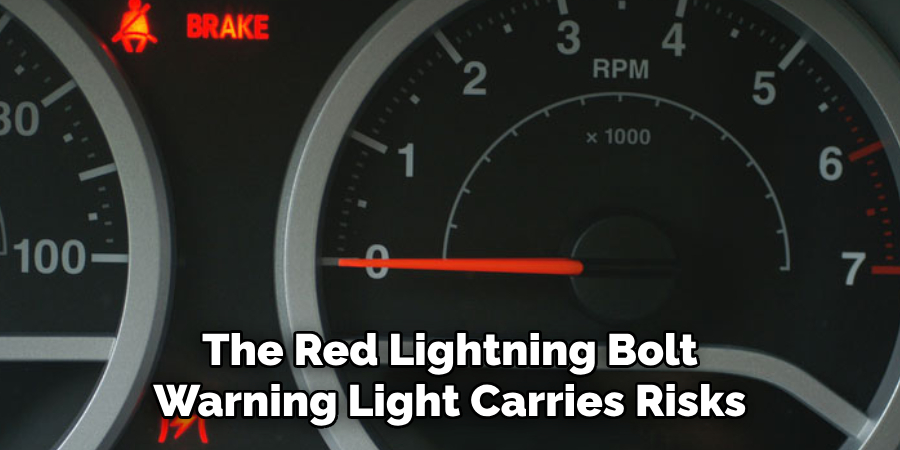
Ignoring the red lightning bolt warning light carries risks. Consistent illumination of the light may indicate an underlying, potentially dangerous problem. Consequences of neglect include reduced engine power—a vehicle safety mechanism meant to prevent further damage—alongside the possibility of sudden engine stalling, posing significant risk to the driver and others on the road.
Due to the intricate nature of these systems and their serious risks, those not well-versed in modern vehicular electronics need to reach out to a qualified mechanic if mishandled. These professionals can accurately diagnose and address issues beyond the scope of DIY repairs, ensuring the safety and longevity of the vehicle.
Gathering Information
When faced with the task of diagnosing and resolving issues signaled by the red lightning bolt on your dashboard, understanding your vehicle’s specific requirements is crucial.
Identifying your vehicle’s make, model, and year is the first critical step in this process. This information is essential because troubleshooting steps and solutions can significantly vary between different manufacturers and even among models from the same brand.
With the vehicle’s details in hand, consulting your owner’s manual should be your next course of action. The manual often provides model-specific information about dashboard warning lights, including the red lightning bolt symbol, and outlines potential causes and remedial actions recommended by the manufacturer.
This resource is particularly valuable as it is tailored specifically to your car and provides the most reliable information for addressing ETC system warnings.

For additional support, there is a wealth of online resources and forums where fellow car owners and mechanics share their insights and solutions to common issues, including those related to the ETC system. While these platforms can offer a plethora of helpful information, it is vital to approach such resources with caution.
Not every solution applies universally, and misinformation can lead to further complications. Always cross-reference any advice found online with credible sources or consult a professional mechanic to verify its accuracy and applicability to your vehicle’s particular situation.
Safety Precautions
Prioritizing safety cannot be overstressed when performing any kind of maintenance on your vehicle, especially when dealing with complex systems such as the Electronic Throttle Control (ETC). Before attempting any diagnosis or repair, ensure your car is parked on a level and stable surface, removing any potential for the car to shift or roll. It’s vital to engage the parking brake firmly to secure the vehicle.
Should you feel uncertain about any step of the procedure, it is imperative to seek the guidance of a professional mechanic. Automotive systems can be intricate, and an incorrect fix can fail to solve the problem, introduce new risks, or damage the vehicle further.
In addition to the above precautions, adhere to general safety measures to protect yourself. Wear appropriate gloves to shield against dirt, grease, and potential cuts or burns. Avoid wearing loose-fitting clothing or jewelry that could become entangled with moving parts or machinery. Safety glasses are also recommended to prevent eye injuries from debris or spills.

Remember, the goal is to maintain your vehicle’s performance and safety. It’s always better to exercise caution and consult a professional rather than risking harm to yourself or the integrity of your car.
How to Reset Red Lightning Bolt on Dash: Basic Troubleshooting
Before diving into any intricate troubleshooting methods, it is essential to understand that attempting to reset your vehicle’s Electronic Throttle Control (ETC) system is only a potential fix for temporary, non-recurring issues. Persistent problems will likely require professional diagnosis and repair. However, a basic reset could prove effective if you are dealing with an intermittent issue.
Below is a step-by-step guide to a generic reset procedure. While this method isn’t universally applicable to all vehicles, it offers a starting point for basic troubleshooting:
1. Turn off the Engine:
Begin by ensuring your car is in a stable position with the parking brake engaged. Turn off the engine completely and remove the key from the ignition.
2. Wait for the System to Reset:
Leave the vehicle switched off for a specific timeframe, typically around 30 seconds to a minute. This waiting period allows the car’s computer system to shut down and reset. It’s an essential step, as it gives time for any temporary errors in the system to clear.
3. Restart the Engine:
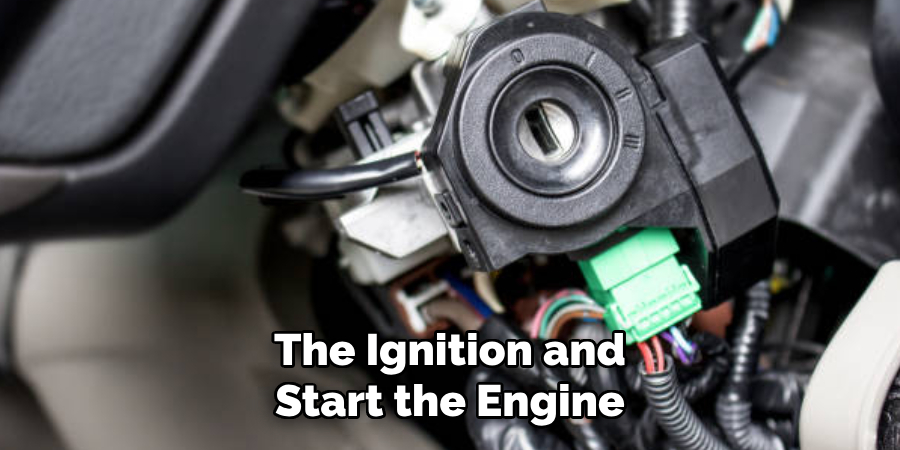
Insert the key back into the ignition and start the engine. Pay close attention to the dashboard; the red lightning bolt warning light should ideally turn off after a few seconds if the reset is successful.
4. Observe the System’s Response:
After the engine is running, observe the behavior of the vehicle and the warning light. Take note of whether the light remains off or if it illuminates again. Also, evaluate the car’s performance. Any irregularities in idling or acceleration may signal that the issue persists.
It is important to remember that this basic reset is not a surefire fix for all ETC-related problems and may not be suitable for every vehicle. Consult your owner’s manual for model-specific information and consider any recent patterns or changes in the car’s performance.
If the warning light returns or if you encounter any difficulties during the reset process, it is strongly recommended to consult a professional mechanic for further evaluation and repair. The safety and correct operation of your vehicle should always be the top priority.
Moving Forward
It is crucial to recognize the importance of diagnosing the cause behind the ETC warning light and not to disregard it. Ignoring the indicator can lead to greater vehicle issues down the line. Should a basic reset fail or the red lightning bolt reappear, it’s imperative to consult a qualified mechanic for a thorough diagnosis and repair.
While professional interventions might entail costs, they are investments in your vehicle’s longevity and safety. Addressing the problem early can prevent more expensive repairs in the future, ensuring your car remains reliable and roadworthy.
How to Reset Red Lightning Bolt on Dash: Advanced Troubleshooting
For experienced DIY enthusiasts who have a deeper understanding of automotive systems, advanced troubleshooting of the Electronic Throttle Control (ETC) system may be within reach.
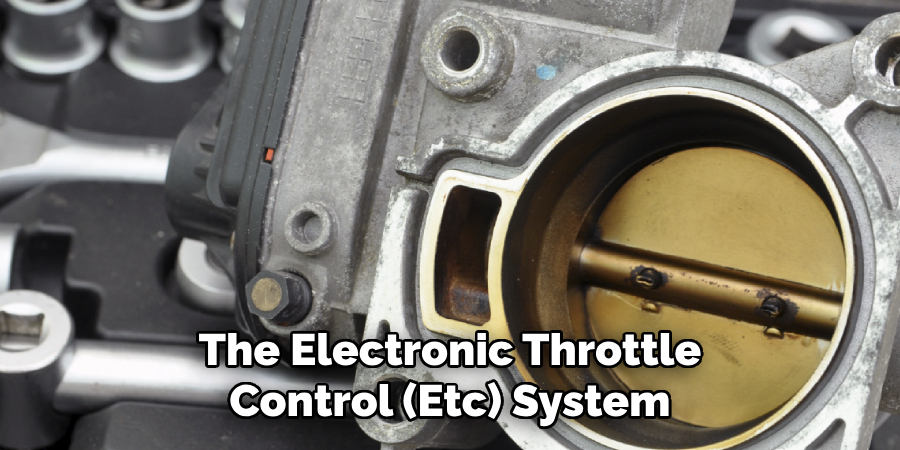
This section addresses complex diagnostic and repair techniques that go beyond the basic reset process. It’s important to note that these practices come with certain risks and intricacies, and seeking professional assistance is always the best action if you’re uncertain about any step.
When it comes to different vehicle manufacturers, the troubleshooting steps for an ETC issue can vary. Brands like Dodge, Chrysler, and Jeep, for example, have specific protocols and typical issues in line with their design philosophies.
Accessing and Interpreting Trouble Codes:
Utilize an OBD-II scanner to plug into your vehicle’s onboard diagnostics port. Once connected, the scanner will read the trouble codes that the car’s computer system has registered.
Each code provides insight into the potential source of the problem, but they require interpretation. P2111 or P2112, for example, typically indicate issues with the throttle actuator control system. Referencing the service manual for your particular make and model will help decode these trouble codes and the subsequent steps.
Visually Inspecting Throttle Body and Accelerator Pedal:
Locate the throttle body and carefully inspect it for signs of damage or contamination, such as dirt or carbon deposits. Similarly, examine the accelerator pedal assembly for any mechanical hindrances or sensor issues that could disrupt the ETC system’s operation. Use the vehicle’s service manual to find your specific model’s exact location and recommended inspection procedures.
Cleaning the Throttle Body:

In some cases, cleaning the throttle body can restore proper airflow and performance; however, this must be done with caution. Follow the manufacturer’s recommendations for cleaning products and protocols. Before starting, disconnect the battery and remove the necessary components to access the throttle body.
Spray a suitable cleaner on a rag and wipe the inside of the throttle body—never directly spray into it, as this could damage electronic components. Reassemble everything carefully, ensuring all connections are secure.
It is imperative to work meticulously and follow safety precautions throughout the advanced troubleshooting process. Wear safety goggles and gloves to protect yourself from chemicals and moving parts.
Keep the work area well-ventilated when using volatile substances for cleaning. Remember, though this section is for educational purposes, actual repairs should be conducted with the utmost care, following a factory service manual’s explicit guidelines, and professional consultation is advised for any ambiguities or uncertainties encountered.
That’s it! You’ve now learned how to reset red lightning bolt on dash and have some insight into advanced troubleshooting techniques for Electronic Throttle Control issues. Remember, a timely response to ETC problems can go a long way in ensuring your vehicle’s longevity. When in doubt, consult a professional mechanic for guidance or repair services; they’re equipped with the expertise and tools to keep your car running smoothly and safely.
Professional Solutions
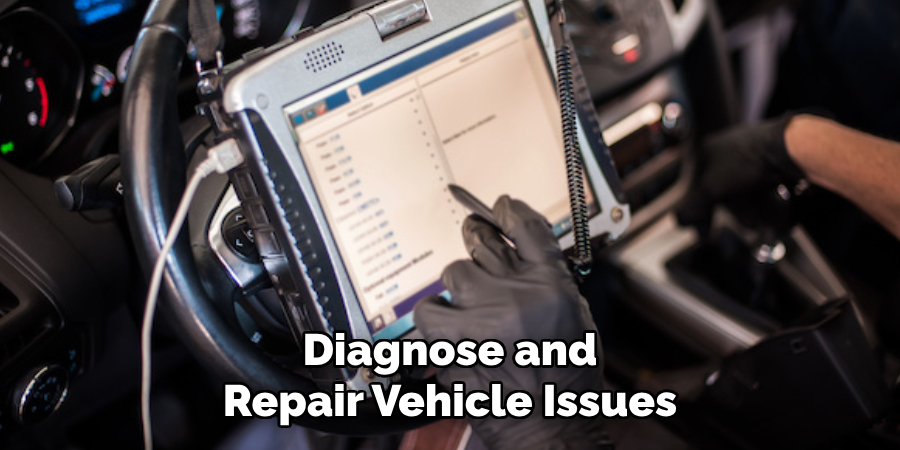
Seeking professional help to diagnose and repair vehicle issues, especially intricate ones like those involving the Electronic Throttle Control (ETC) system, offers significant advantages. Skilled technicians possess both the specialized knowledge necessary to correctly diagnose problems and the tools required to fix them efficiently and effectively.
Mechanics undergo intensive training, stay updated with the latest automotive technologies, and are often backed by years of hands-on experience. This expertise is critical when diagnosing complex issues that might baffle even seasoned DIY enthusiasts.
Professionals use advanced diagnostic tools, such as manufacturer-specific scanners and diagnostic equipment, which can pinpoint problems with greater accuracy than basic OBD-II readers.
With these sophisticated tools at their disposal, mechanics can understand the nuances of specific error codes, conduct real-time analysis of vehicle performance, and check system parameters that are usually not accessible to the average car owner.
Depending on the issue identified through diagnostics, several repair options might be recommended. These can include cleaning or replacing the throttle body, which, if clogged or worn out, can impact the engine’s air supply and performance. Sensor replacement is another common solution if diagnostics indicate a failure in components such as the throttle position sensor.

Software updates provided by the vehicle manufacturer can also resolve ETC-related problems that are due to outdated system firmware. More complex issues might entail electrical repairs, addressing wiring faults or malfunctions in the vehicle’s circuitry.
It’s important to note that the cost of professional repairs can vary widely, depending on the nature and complexity of the issue. For example, throttle body cleaning might range from $50 to $200, while a full replacement could cost between $400 and $600.
Sensor replacements may range from $200 to $400, including labor. Software updates, if not covered under warranty, could amount to $100 to $200. Electrical repairs could be the most variable, potentially costing upwards of $500 if extensive diagnostic time or intricate repairs are needed.
Although professional services incur costs, inadequately addressed ETC issues could lead to more severe problems, safety risks, and more expensive solutions in the long run. A professional mechanic restores your vehicle’s functionality and provides peace of mind with their expertise, ensuring your ride is safe and dependable.
Preventive Maintenance
Regular maintenance is the keystone of vehicular longevity and reliability, particularly in intricate systems such as the Electronic Throttle Control (ETC). Adhering to a preventive maintenance schedule can stave off components’ premature wear and tear, ensuring they function smoothly and reducing the likelihood of unexpected malfunctions.

Following the manufacturer’s recommended service intervals is fundamental for maintaining vehicle health. The throttle body, for instance, should be kept clean as per the manufacturer’s guidelines.
Typically, this may be around every 30,000 to 50,000 miles, but this interval can change based on the vehicle’s make and model. Regular cleaning minimizes the accumulation of dirt and carbon deposits that can lead to airflow restriction and, subsequently, ETC issues.
Replacing the air filter at the advised intervals is also critical for preventing contaminants from entering the throttle body and engine. Most manufacturers suggest replacing approximately every 12,000 to 15,000 miles, but driving in dusty or polluted environments may require more frequent changes.
Spark plug maintenance is just as crucial, as worn spark plugs can lead to poor combustion, reduced power, and rough engine idling, which puts additional strain on the ETC system. Generally, spark plugs should be replaced every 30,000 to 100,000 miles, depending on the vehicle and type of spark plugs used.
Software plays a significant role in the ETC system’s operations. Accordingly, motorists should ensure that software updates, advised by the manufacturer, are applied. These updates can correct existing issues and improve the overall performance and dependability of the ETC system.
In addition to these specific maintenance tasks, fuel quality should not be overlooked. Using the correct grade of fuel for your vehicle avoids the build-up of deposits within the fuel system. Furthermore, driving habits such as avoiding sudden acceleration and deceleration can maintain the integrity of the ETC system.
Diligent attention to preventive maintenance is not just a matter of routine; it is a proactive approach to vehicular care that can save time and money and ensure that your vehicle operates safely and effectively for years to come.
Conclusion
In conclusion, the red lightning bolt warning on the dash signifies issues with the Electronic Throttle Control system and warrants immediate attention. Understanding this alert is vital for vehicle safety and performance. Professional diagnosis and repairs and regular preventive maintenance are key to resolving and averting ETC problems.
For those seeking specific advice on “how to reset red lightning bolt on dash,” consultation with a skilled technician is recommended. Thank you for investing time in learning about ETC care. Responsible car ownership extends your vehicle’s life and ensures a safer journey for all.

